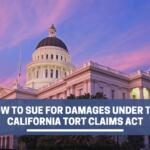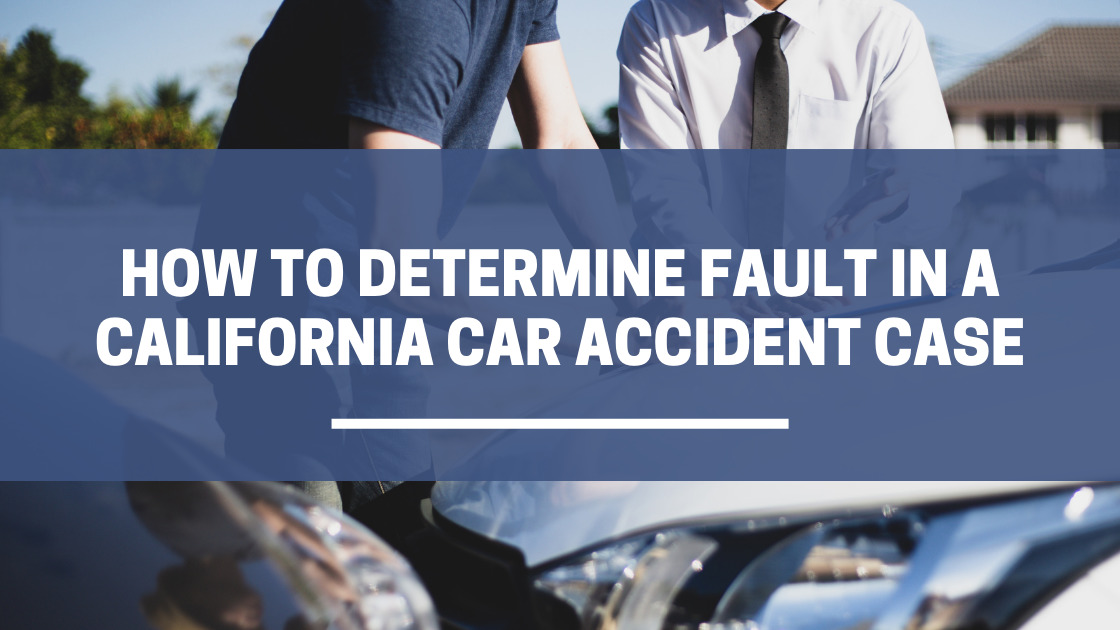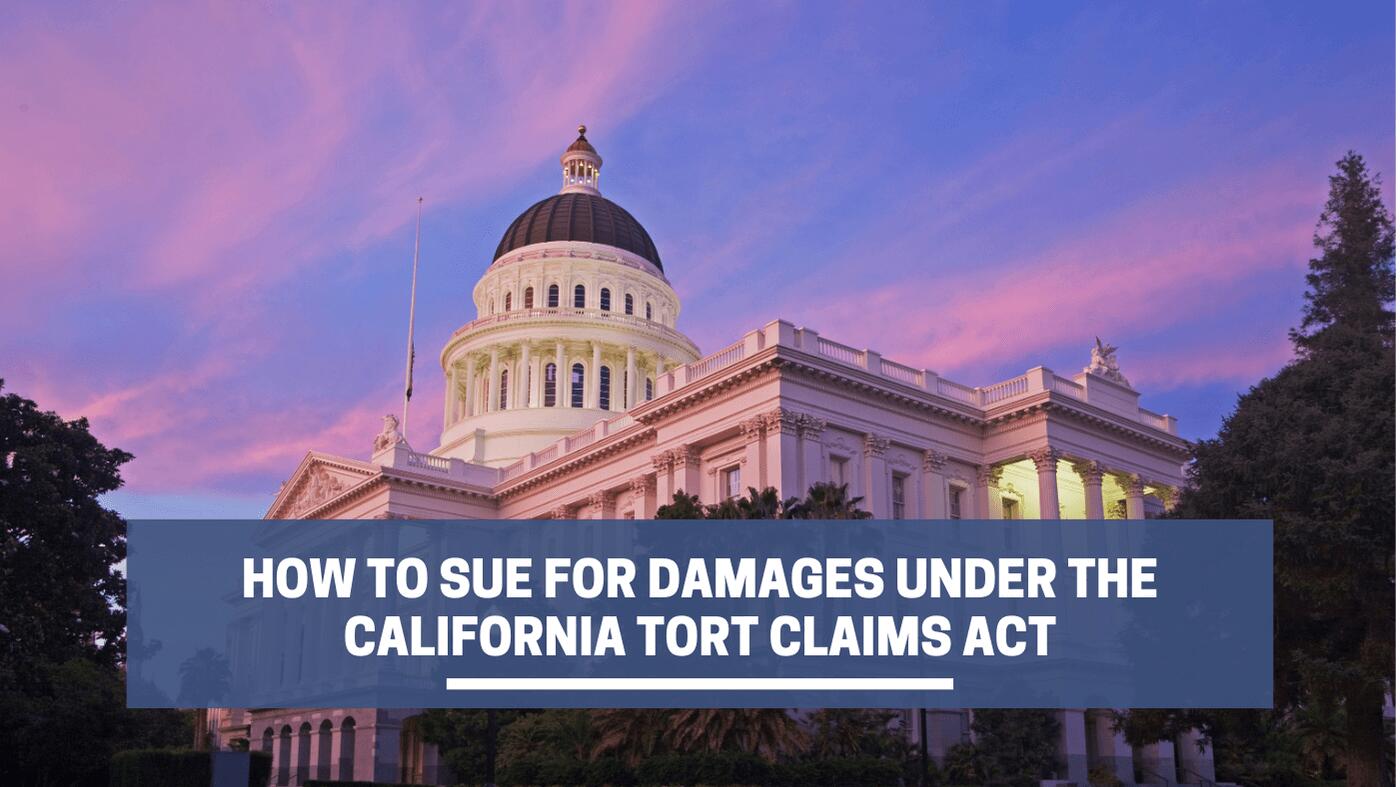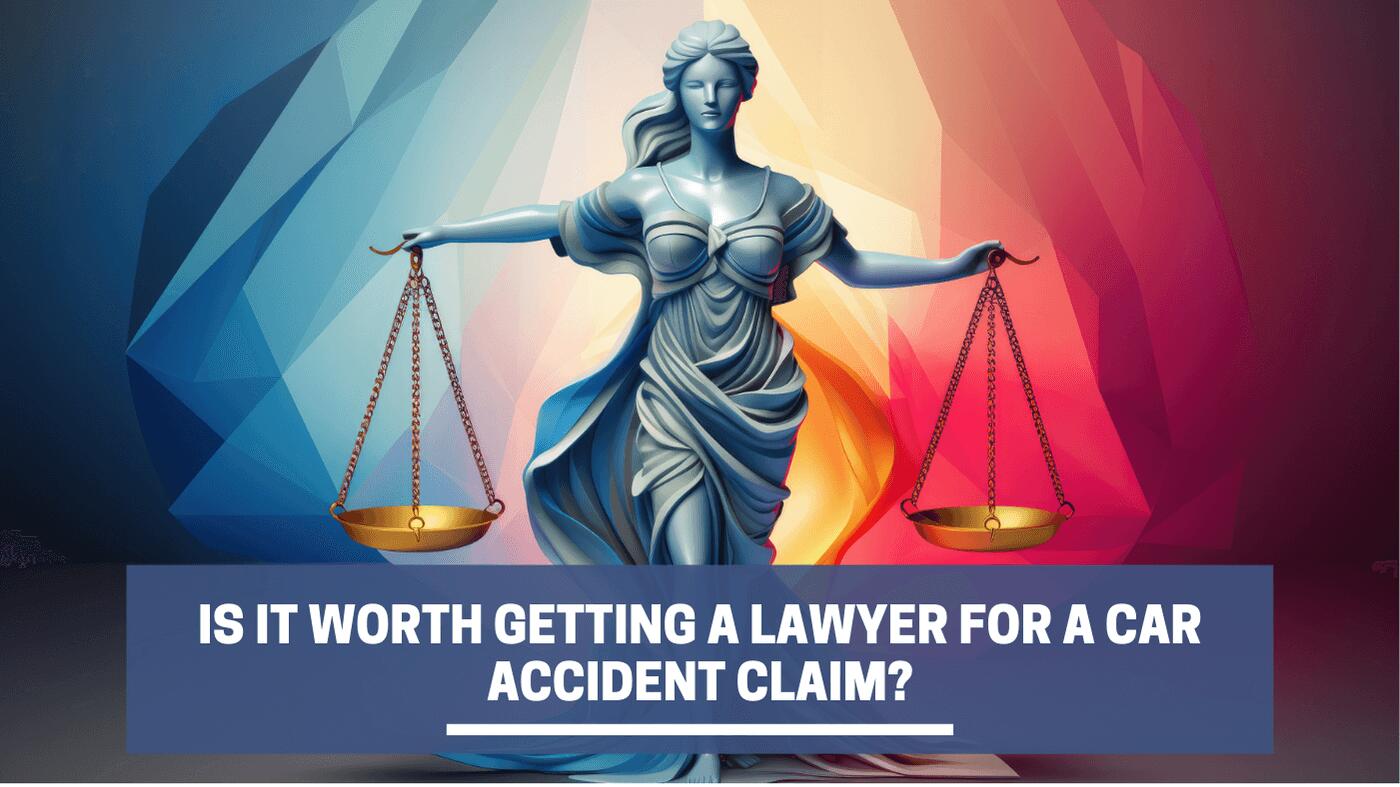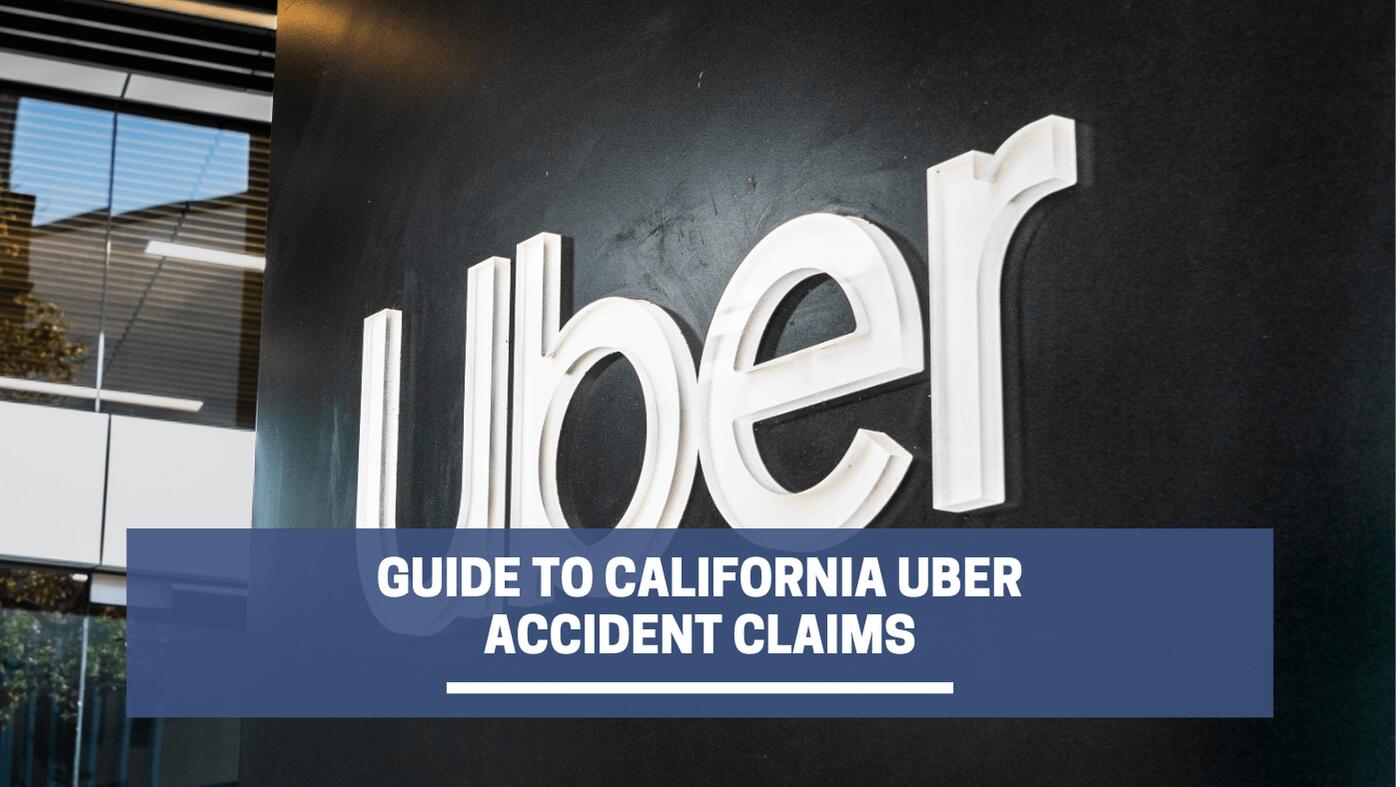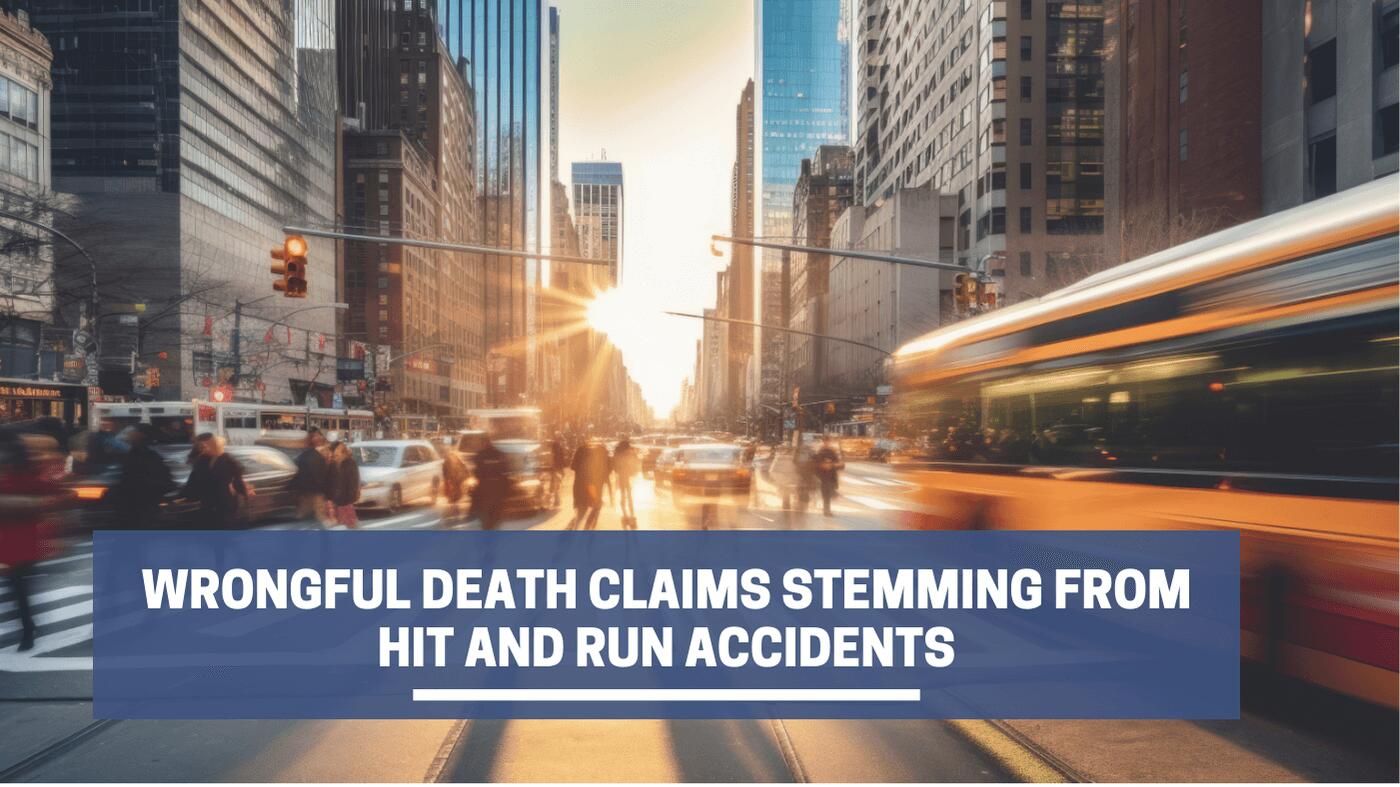Every day, car accidents occur on California’s highways and roads, resulting in injuries and deaths. Around 4,161 motor vehicle deaths were reported in California in 2021, an increase from 3,723 in 2020.
Car accidents in California today involving property damage and injury can be a stressful experience, especially when trying to figure out fault and liability in an at fault accident. Determining fault in a car accident requires understanding various factors, such as driver negligence and how insurance companies assess fault. These factors include investigating if the driver’s negligence caused the accident and violated California’s Vehicle Code regulations.
In California, an experienced car accident attorney can assist you in understanding the laws related to at-fault car accidents. They can help you deal with insurers, prove liability, and support your claim.
Is California a No-Fault State?
All states follow a fault-based or no-fault system for auto accident claims. Every vehicle driver in a no-fault state must carry auto insurance policies with personal injury protection (PIP). If a driver gets into an accident, they can file a PIP claim with their auto insurance companies that pay out for lost wages and medical bills. However, they cannot sue the at-fault driver unless they suffer severe injuries or death.
In states that use fault-based laws, the at-fault driver responsible for the accident is liable for compensating the damages they caused in the accident. This compensation is up to their auto insurance policy’s physical injury and property damage limits.
California is not a no-fault state. Drivers at fault for the accidents they cause in California are legally obligated to pay for the other party’s damages. If you are at fault for the car accident, you must compensate the victims, typically through your car insurance policy.
What Happens After a Car Accident?
If you get into a car accident, call the police and stay at the scene until they arrive to investigate the accident. While you wait for the officer to arrive, gather these crucial pieces of evidence to protect your rights to compensation:
- Videos and photos: Take photographs or videos of the accident scene, your injuries, or any damage caused by the crash.
- Witness contact information: If there are any witnesses, ask for their names and phone numbers so your lawyer can record their statements.
- Drivers’ insurance information: Ask any involved drivers for their names, phone numbers, and insurance policy information.
If you require emergency medical assistance for your injuries, keep all medical records related to your treatment and recovery. These include ambulance records, laboratory test results, and the doctor’s official diagnosis.
In case of a hit-and-run accident, try to remember the fleeing car’s make, model, color, and license. You can let the police know of the driver when they arrive at the accident scene. A car accident attorney can work with you to help you file a claim under your uninsured motorist coverage.
The Police Can Help Determine Fault in the Accident
The police officer will process the accident scene, speak to all parties, interview witnesses, and gather evidence to determine what happened. All drivers must comply with the officer’s requests to show their licenses, registrations, and insurance cards.
An officer will seek the following information for their report when they arrive on the scene:
- The time, date, and location of the accident
- All the drivers’ contact and insurance information
- Drivers’ statements
- Witness information and statements
- Vehicle types
- Weather and road conditions at the time of the crash
- An initial damage assessment
- Diagram of the cars’ positions and movements
- Type of car accident such as head-on or side-swipe collision
What Other Factors Do the Police Consider to Determine Fault?
Police will also investigate other potential factors, such as if there was any indication of a driver’s inattention to traffic control devices. They can also issue citations or tickets if they uncover any violations of traffic laws. These factors can influence the outcome of a case, particularly if fault is disputed by the parties responsible for the collision.
The report may disclose if the parties involved had been drinking or using drugs at the time of the crash. The officer can conduct a field sobriety test, breath test, or chemical test to determine if the driver’s blood alcohol content (BAC) levels are above the legal limit of 0.08%. Then, they can issue a citation or arrest a driver if they violated California law.
As part of the report, the investigating officer will draw a diagram of the accident based on their interpretation and the drivers’ and witnesses’ statements. You can have your lawyer evaluate this part of the report to understand who’s at fault in a car accident. The report may also help your lawyer dispute any conflicting statements from the other driver’s auto insurance company.
Does the Police Report Automatically Go to Insurance?
The police won’t submit your report to the insurance companies automatically. Once the police have completed their accident investigation, they will let you know when to pick up the crash report from the police station. You can also request a traffic collision report from the California Highway Patrol website.
The insurance companies won’t know about it until you or the other drivers involved in the accident file claims. They might ask for copies of any police reports related to your lawsuit when they receive them.
How Do Insurance Companies Determine Fault?
determine who is at fault. Their priority is to help the insurance company settle claims with those involved in the accident.
The insurance company will need all the accident details, photos, and videos of the accident scene to compensate you fully. When you cooperate with the insurer, they can make an accurate assessment of your claim and negotiate a reasonable settlement with you.
The insurance adjuster will investigate the details of the accident following a car accident. The steps in their investigation include:
- Record your statement of the accident under oath
- Contact witnesses for their statements
- Review your medical records for the timeline of your injuries to your recovery
- Look at the videos and photos of the accident scene
- Inspect the vehicle damage to give an estimate of your repairs
- Evaluate the police report to find out how the officer decided who is at fault in a car accident
They may base liability in the accident on the following factors:
- Admission of fault by one or more drivers
- Violations of traffic laws as reported in the police report
- Signs of negligence such as alcohol or drug use
- Type of vehicle accident and the damage it caused to your vehicle
As a result of their investigation, the insurance adjuster will determine who is responsible for the damage. For instance, if you were involved in a T-bone accident and suffered spinal injuries, the adjuster will assess the severity of your injuries and the vehicle damage for compensation from the T-bone accident.
However, if liability is unclear, the insurer will attempt to avoid paying your fair compensation by claiming their policyholder was not at fault. The insurer may substantially lower your settlement by asserting you are at fault for the crash.
If you believe the insurance company didn’t pay you fully for your injuries and vehicle damage, you can work with your lawyer to negotiate your settlement with the insurer. Your lawyer can bolster your claim with solid evidence to prove the other driver’s negligence and lessen your fault in the accident.
Understanding Negligence and Fault in California
There needs to be negligence on the driver’s part to establish fault in an accident to secure compensation. Negligence is a legal term referring to when someone fails to act as a reasonable person would in a similar situation.
You can base a personal injury lawsuit on negligence if you have suffered damages from another person’s actions or inaction. However, your compensation may be affected by California’s comparative negligence doctrine.
Comparative Negligence and Fault in California Accidents
Car accident victims can recover damages based on comparative negligence, also known as comparative fault. The California Civil Jury Instructions (CACI) under Rule 405 requires you to prove that the other party was negligent and that their negligence contributed to the accident and your injuries.
Insurance companies, the judge, and the jury will determine the proportion of every party’s fault in the collision. As a result, your level of responsibility reduces your total financial recovery. For instance, if you are found at fault for 10% of the accident, the jury will reduce your damages by the same percentage.
Common-Law Negligence
These elements are essential to demonstrate there was a negligent violation of common law by the driver:
- Duty of care: A driver must operate their vehicle reasonably. They must follow all traffic laws, drive safely and responsibly, avoid hurting others, and watch out for road conditions.
- Breach of duty: The driver was negligent in the operation of their vehicle, such as speeding or making an unsafe left turn. Their driving behavior is based on what a reasonable person would do in a similar situation.
- Causation: The driver’s breach of duty directly contributed to the accident, and your losses
- Damage: You suffered injuries and damages such as physical injuries, lost wages, and property damage
The Driver Was in Violation of a California Vehicle Code Statute
Under California Evidence Code 669, a party can be considered negligent if they violate a California law. This means they may have acted negligently or failed to exercise adequate care, causing the at-fault accident.
Your attorney can use the following categories of negligence to find a party at fault:
- Driving under the influence (DUI): The police report may indicate a driver had (BAC) levels above the legal limit of 0.08%. It can also show if the driver failed to pass a field sobriety test.
- Aggressive driving: A driver was aggressive while driving on the road. These behaviors may involve speeding, running red lights, and tailgating other cars.
- Distracted driving: Texting while driving has become synonymous with distracted driving. Eating, talking on the phone, and paying attention to passengers are also distracted driving.
- Defective car parts: Your lawyer may find that the other driver’s vehicle may have faulty lights, airbags, or tires. However, the manufacturer could have sold the defective part, knowing it was flawed. As a result, the manufacturer could be a liable party to the accident.
- Hazardous road conditions: Keeping roads safe is the responsibility of state and local governments. The governments might be at fault if they neglected to correct road defects, which resulted in significant damage in the accident.
Your lawyer can rely on evidence such as the police report, surveillance footage, and witness statement to prove negligence on the part of the other parties. This evidence shows that the at-fault driver’s conduct fell below the standard of care expected from a reasonably prudent driver in a similar situation.
Can More Than One Party Be Liable for an Accident?
It is possible to establish comparative negligence even if several parties are at fault. The judge and jury can calculate economic damages based on joint and several liability under California Civil Code 1431. This type of liability refers to the possibility of recovering damages when either or both parties are at fault.
For example, you can collect compensation from either liable party. These parties may then file claims against one another for the awarded damages.
However, joint and several liability don’t apply to non-economic damages. Instead, these damages are awarded in separate settlements from each liable party in proportion to your percentage of fault under California Civil Code 1431.2.
Your attorney can protect your legal rights to your compensation when there are multiple liable parties. Using evidence from the accident, they can assign fault to the appropriate parties and help you obtain fair compensation.
How The Shirvanian Law Firm Can Help You
The Shirvanian Law Firm can help you fight for the justice and compensation you deserve if you suffer severe injuries in a crash. We can identify the factors that contributed to your accident and minimize your degree of responsibility to prove you are not at-fault car accident.
We can review your case during a free consultation and determine your legal options. We work on a contingency fee arrangement, so you do not pay until we settle your case.


